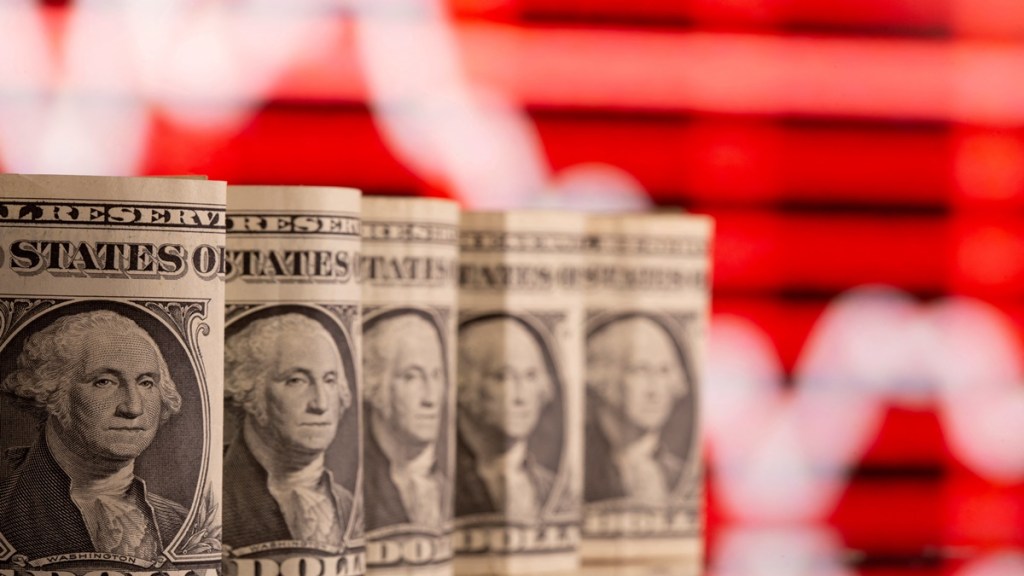Around 67% of the decline in India’s foreign currency reserves during FY23 is due to changes in valuation arising from an appreciating US dollar and higher US bond yields, Reserve Bank of India (RBI) governor Shaktikanta Das said on Friday.
India’s foreign exchange reserves, which stood at $537.5 billion as on September 23, compare favourably with most peer economies, Das said. “Incidentally, there was an accretion of $4.6 billion to the foreign exchange reserves on the balance of payments (BoP) basis during Q1 of 2022-23.”
India’s other external indicators – the external debt to gross domestic product (GDP) ratio, net international investment position to GDP ratio, ratio of short-term debt to reserves and debt service ratio – also indicate lower vulnerability as compared with most other major emerging market economies (EMEs), according to Das. “In fact, India’s external debt to GDP ratio is the lowest among major EMEs. In the final analysis, we remain confident of meeting our external financing requirements comfortably,” he said.
Also Read: Monetary policy will continue to be watchful and nimble: Shaktikanta Das, Governor, RBI
The rupee has depreciated by 7.4% during the current financial year, as against a 14.5% appreciation in the value of the dollar. Earlier this week, it slid past the 81-mark to the dollar, hovering close to the 82-level, as the US Federal Reserve’s hawkish stance caused foreign investors to dump emerging-market assets in favour of US assets. The domestic currency ended at 81.365 on Friday.
Das said net foreign direct investment improved to $18.9 billion in April-July 2022 from $13.1 billion a year ago. Foreign portfolio investors (FPIs) have returned to the domestic market with net inflow of $7.5 billion during July-September after an outflow for nine consecutive months. However, FPI participation in the Indian markets was volatile during September.
The RBI’s market interventions have resulted in its forex kitty shrinking by nearly 13% since the beginning of FY23. On Friday, Das reiterated that the central bank intervenes in the markets only to curb volatility, and characterised the rupee’s depreciation as orderly.
“Volatility would mean a sudden decline or a certain appreciation. Now, what is that sudden, it’s not possible to quantify. It is based on our assessment, you have to see all around what is happening world over,” Das said. The central bank is also watchful of trends in other currencies and is monitoring whether the exchange rate is going out of sync with India’s macroeconomic fundamentals, the governor said.


